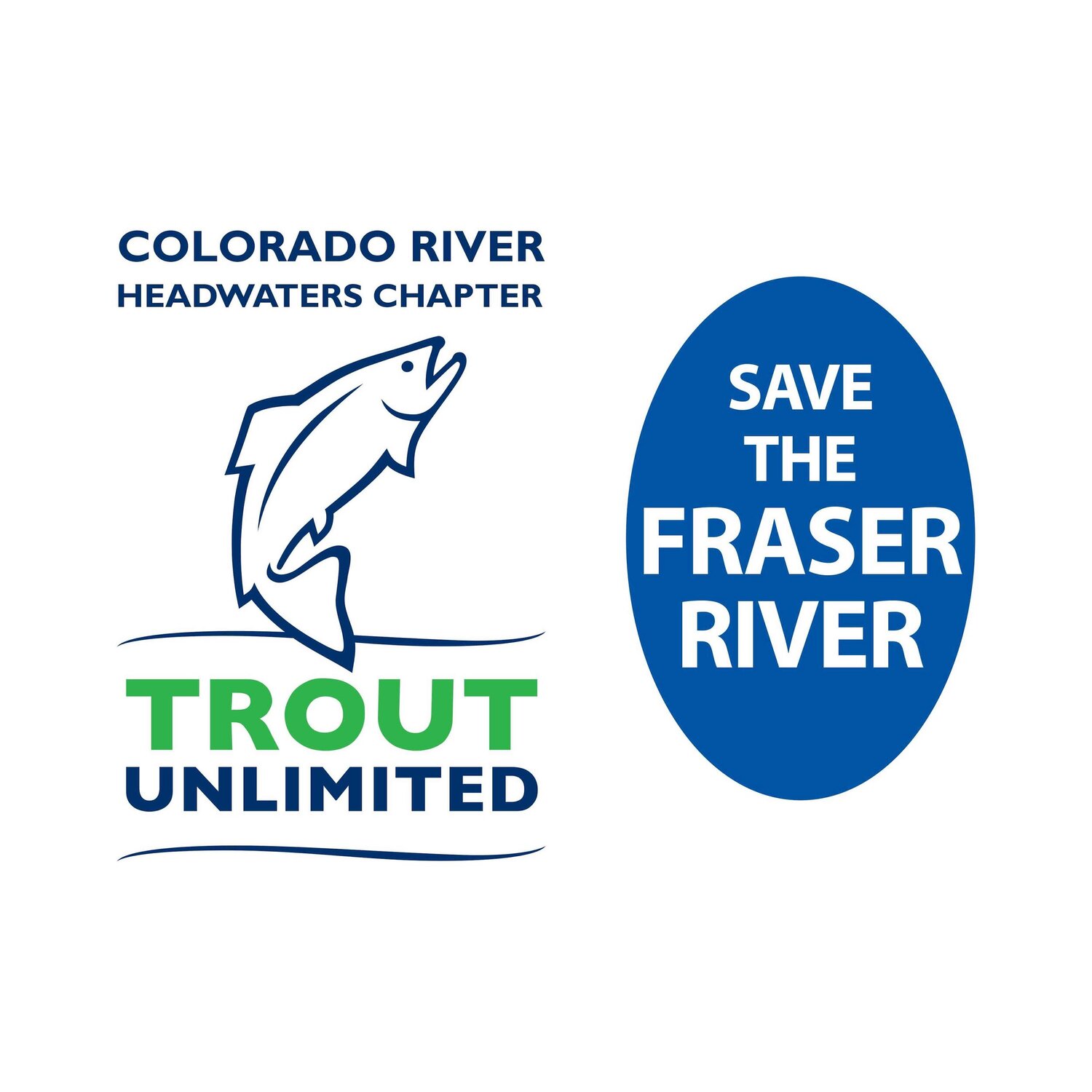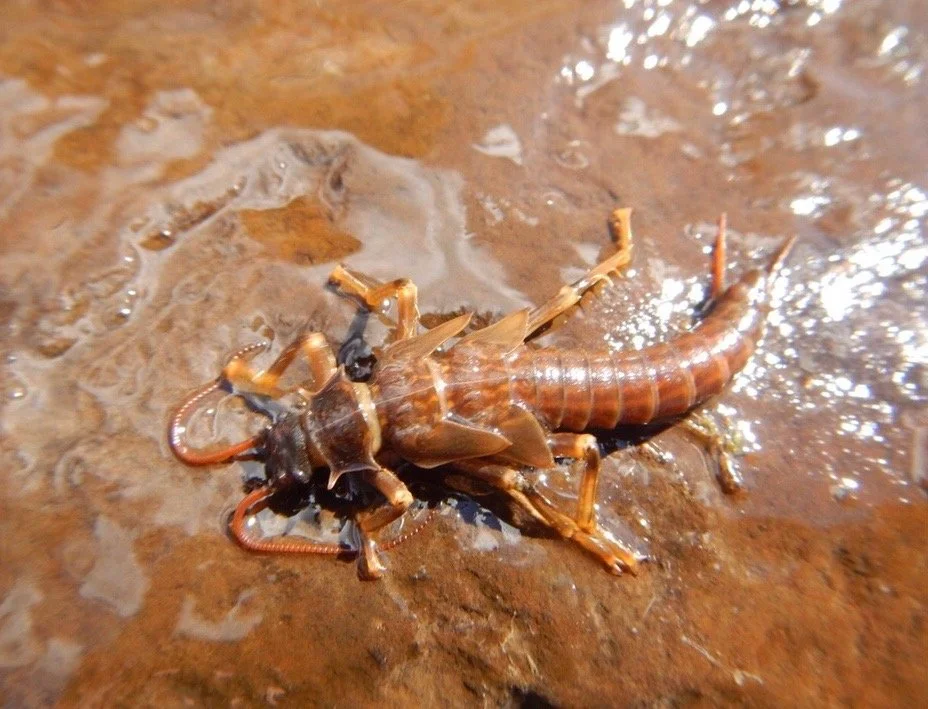Match the Hatch
Match the Hatch is a phrase that is used to describe a lot of events around Fly Fishing, but what does it really mean? More to the point, when referring to what Bugs may be present when you are on stream, what is a hatch? What is a Hellgramite? Fly Fishing like many other Sports has a lot of jargon that has local dialect as well as more traditional or accepted terminology. This article is an attempt to come to common terms with the idea of a Hatch while avoiding the Latin/Scientific terminology that causes eyes to gloss over and attention to be diverted elsewhere. There are plenty of books littered with a bewildering storm of terms that may aid scientists, this is a discussion on the lives of stream insects for Trout Fishermen!
As you come up to the river you approach carefully so as not to alarm the Trout, and you see some activity in the stream and it looks like there are some fish rising. Could there be a hatch in progress? Let’s back up a bit and take a broader look at what is happening in the river. From a Fly Fisher’s perspective, we want to know more about what bug is it the fish are taking, and what form of the bug it is.
Let’s get a little more background on general insect life cycles of Trout Stream dwelling Insects or Bugs. Typically Insects take 3 forms, they start out as eggs, they hatch into nymphs, and then later they become Adults that mate and lay eggs back in the water. Now scientists can argue this is a simplification, and it is. The particular points of interest are first, the eggs hatch, is that what people mean when they talk about a hatch? Why are the Trout rising? It’s because of a hatch, right? So let’s look at what about the bugs, what are the Trout taking, and where in the Stream it is. We can see them rising, they’re right there. Right?
For the Bugs they live on the bottom of the stream, sometimes for a year or more as nymphs. When it is time to become Adults they are making the transition from living under water and breathing with gills to living on land as Adults and breathing air and flying with wings. Some insects walk and crawl ashore where they will escape their under-water exoskeleton, split out the back, crawl out and when they are ready they can fly off. So for the Trout Fisherman, they become available to the Trout as they approach the streambanks. You can see their nymphal husks attached to rocks and branches and trees where they made their transformation. Anglers would concentrate on fishing the streambank edges with a pattern that imitates the nymph because the fish will be looking for them there and they’re not Adults yet.
Other Bugs will make their journey to the world above the surface by swimming through the water column to the surface. Making use of the surface tension to grip their exoskeleton allows them to escape their husk, dry their wings and fly to shore. If they can make it before a bird or Trout takes them. In making their journey from the stream bottom they can be intercepted by the Trout near the stream bottom, or else they can be taken close to the stream surface, but still below the surface. So then it is up to the angler to pay close attention to the rings of the rise, and see whether they are made as the Trout is taking a Bug from the surface or are the rings being made as the Trout is turning back to the stream bottom as they take the nymph while it is ascending? So the rings of the rise can be made for different actions the Trout are making. And what of the Bugs? As they are making the transition from an underwater dweller to an air breathing adult, their bodies are undergoing many changes. This is what is really happening, they are transforming, and Anglers everywhere know it as The Hatch. As the Bugs transform into Adults they gather in mating swarms flying above the water. When this is seen by Anglers it is called a Hatch as there are Adults now when there were none before.
So then it is up to the angler to know which Bugs rise through the water column and which crawl to the sides. How they will tie their leaders, for surface flies, or under water nymphing depends on what bugs are coming off that day. Even though you see rings on the water doesn’t mean the Trout are taking Bugs off the surface. And just to make things more interesting, there can be more than one type of Bug coming off at the same time. Then you get to choose which to imitate and how. Can you see which one the Trout are taking?
To answer the other question posed above, a Hellgramite is what it is in the area you are in. Some areas like mine in the Rocky Mountains in Colorado, consider a Stonefly nymph to be one. Most angling literature say a Hellgramite is a nymph of a Dobson Fly or Fish Fly. The Scientists can tell us what they call them, but down at the local fishing shop they use the names they’re used to, like Hellgramites and matching the hatch. There is more to matching the hatch including how to cast your line but that is a topic for another time. I hope this helps you to know more about the Insect life cycles and how they fit into the circle of life in your stream.


